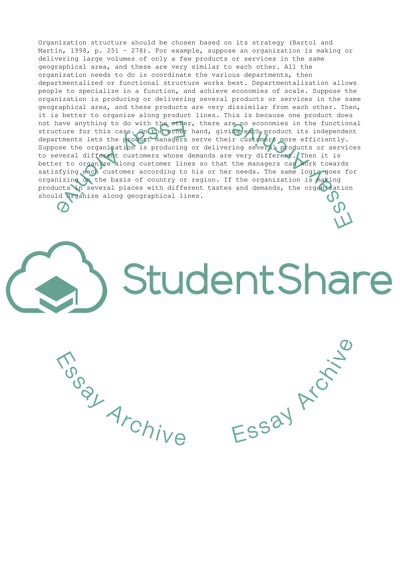Cite this document
(“Multinational Company and Its Organizational Goals Case Study”, n.d.)
Multinational Company and Its Organizational Goals Case Study. Retrieved from https://studentshare.org/business/1502888-organizational-structure-master-essay
Multinational Company and Its Organizational Goals Case Study. Retrieved from https://studentshare.org/business/1502888-organizational-structure-master-essay
(Multinational Company and Its Organizational Goals Case Study)
Multinational Company and Its Organizational Goals Case Study. https://studentshare.org/business/1502888-organizational-structure-master-essay.
Multinational Company and Its Organizational Goals Case Study. https://studentshare.org/business/1502888-organizational-structure-master-essay.
“Multinational Company and Its Organizational Goals Case Study”, n.d. https://studentshare.org/business/1502888-organizational-structure-master-essay.


